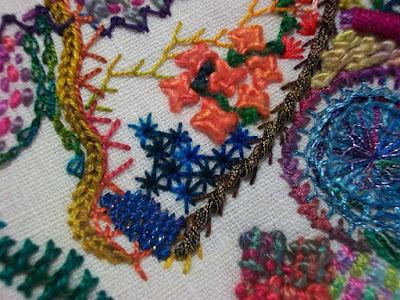Not that long ago, I served on a public body which was
seeking further independent members to serve on scrutiny panels.
One person who put himself forward already served on a
police monitoring body. He was clearly energised
by his expectation that the expression of a particular public view should
result in policy change by the Chief Constable.
What, I asked, if the Chief Constable was to react by
producing evidence for the panel as to why the grass-roots view was
understandable but in fact likely to be misguided? I’m there to express the view of the public,
he insisted, and I’d expect police policy to respond to that.
At the time, I thought the position he took to be incomprehensible. I didn’t understand how the others seeking to
recruit new members of our scrutiny panels didn’t automatically rule him out of
consideration on the spot.
A few years later now, I can see that this was my first
encounter with a world then alien to me but into which we have since moved. With hindsight it is clear that he was the
future and I was the past. What I
thought was a strange outlier was in fact the first wetting of a turned tide.
His common sense was no longer to be patronised by my
sophistry. The opinions he found widely
shared were no longer to be ignored, let alone be in danger of being lumped together with those judged as bigoted or
prejudiced.
Pretence at expertise was quickly to become derided as the
misguided habits of a discredited liberal elite in a self deluded politically
correct bubble – now a mainstream rather than extreme position.
A commentator on Radio 4's Start the Week on 15th May summed the shift up as one in which the test is now 'emotional resonance not verification' and spoke of 'arguments which reinforce what you feel rather than seeking clarity by claim and counter claim'. [Paragraph added 16th May]
Party political strategists have, of course, been on to this
long before the shape of the new world became clear to the likes of me. For many years, much election and referendum
campaigning has been targeted on relating to popular perception rather than seeking
to engage in extended reasoning.
Being that as it is, I’ve set myself a small task to think
about what the implications of this are for the church. I’ve hardly got anywhere yet, but one
parallel must be the way the holders of both fundamentalist and secular
certainties are clear they will not be patronised any longer either.
Meanwhile, among the many things I’ve suddenly begun to get
round to doing, I have this week reattached
Jackie Davis' plaque to the
memorial cross on his grave - eight years after I promised myself I’d do it.

